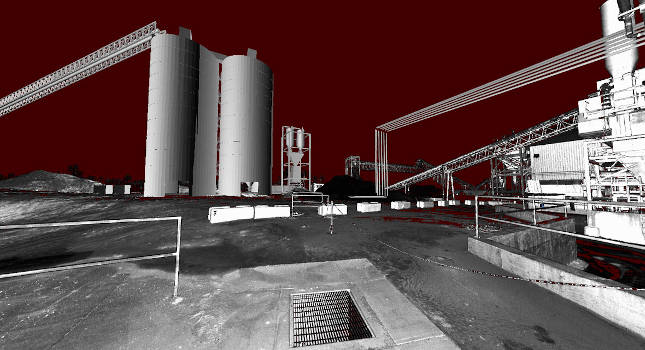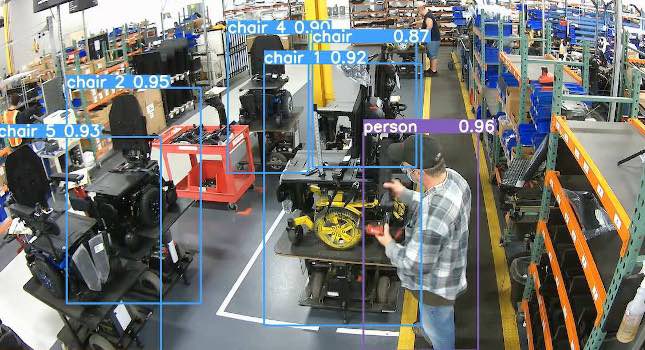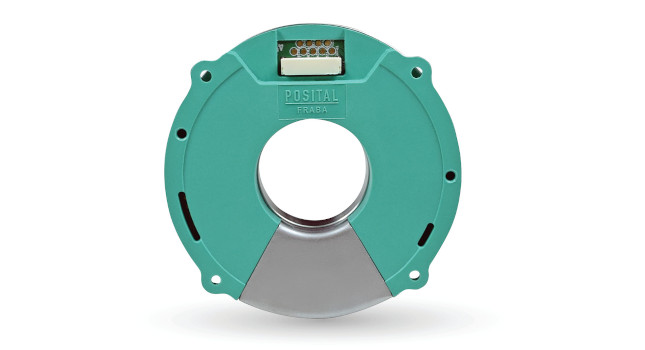The unique features of power boiler systems are a direct result of their operating temperatures and pressures. For example, the pressure relief vent on a large, high-pressure steam boiler would not be terminated indoors as might be done on a smaller, water heating boiler. The uncontrolled release of steam is a danger to operating personnel.
|
The unique features of power boiler systems are a direct result of their operating temperatures and pressures. For example, the pressure relief vent on a large, high-pressure steam boiler would not be terminated indoors as might be done on a smaller, water heating boiler. The uncontrolled release of steam is a danger to operating personnel.
Because of this danger, when two power boilers are connected to the same steam main, the steam connection from each boiler must be fitted with two stop valves with a free-blowing drain between them. If one of the two boilers is down for an annual inspection, the stop valve cannot fail and bleed steam back into the open boiler. The first valve at the boiler should be a nonreturn valve installed at the outlet, and the second valve is an outside screw-and-yoke type.
Many power boilers are large enough to draw the attention of government regulators. For example, Ohio law requires that steam boilers larger than 30 hp cannot be operated unless they are directly in the charge of a licensed engineer. The law goes on to define a horsepower as 12 sq ft of boiler heating surface.
Additionally, this engineer may not leave the boiler plant unattended any longer than the length of the evaporation test of the boiler. Rules such as this have been the source of ambiguity and debate; however, environmental regulations tend to be a more likely cause of confusion.
Combustion control
Many boilers installed in industry are dual fuel fired and are typically set up to operate on natural gas and #2 fuel oil (Fig. 1). Large consumers of gas can get a rate break from the utility if they have the ability to be curtailed and switch to oil. More importantly, many industrial applications cannot tolerate an interruption of fuel.
When firing on fuel oil, a means of atomizing the fuel is required. Smaller, packaged boilers often use pressure atomization where a pump pressurizes the oil to 200—300 psig. Larger boilers with specialized burners require steam or compressed air for atomization. Steam atomization is less energy intensive and less expensive to install. However, because this method requires steam pressure for operation, the system cannot be restarted on oil once steam pressure is lost.
To compensate for this condition, a connection can be installed to allow restarting with propane. Air atomization requires a compressed air source (Fig. 2) that can have a larger motor horsepower requirement than the blower used for combustion air. Not only does this consume a lot of power, it also can be very noisy.
The firing rate for steam boilers is in response to a deviation from setpoint as measured by a pressure sensor, typically located in the header. Many industrial boilers use a control strategy known as single-point positioning to respond to load demand and to adjust for optimum fuel-to-air ratio. The firing rate control signal is used to drive a common actuator that adjusts both the fuel delivery rate by modulating a valve, and the combustion airflow by actuating dampers.
The cams on the specialized actuator can be custom shaped in the field to provide for specific position control relationships between the input signal and the output shaft position. A more sophisticated approach, known as parallel positioning, uses separate actuators for the fuel valve and the combustion air dampers, allowing for more precise control across the entire firing range.
Feedwater control
Control of feedwater is of paramount importance. If the drum water level is too high, water droplets can be entrained in the steam leaving the boiler, causing damage downstream to system components, such as turbine blades. The consequences of low water level include a reduction in furnace circulation, which can cause tube overheating and failure.
Feedwater control systems are classified as single, dual, or three-element feedwater control systems. Single-element systems operate solely on the water level in the drum. As the level drops below setpoint, the feedwater valve is opened to admit more water to the drum. This works well in certain applications characterized by slow changes in the load as a proportional plus integral (PI) signal is applied to the difference between the drum level and setpoint.
If large load swings are anticipated, dual-element feedwater control may be considered. In addition to water level, instantaneous steam flow measurement is used to calculate the appropriate feedwater make-up rate (Fig. 3).
Three-element feedwater control adds the measurement of flow in the feed line, as well as steam flow and drum level, to provide an even greater degree of control. Three-element control is generally seen in utility boilers.
Clean Air Act
The 1990 Clean Air Act Amendments (CAAA) have proven to be the most complex and far-reaching environmental law that Congress has enacted. When it comes to boilers and the EPA, size matters. As long as boiler input is less than 10 million Btuh, it will not be affected by the 1990 CAAA. Interestingly, it does not matter how large the boiler plant actually becomes. Therefore, a plant comprised of many boilers just under this threshold would not have to deal with these environmental regulations.
The 1990 CAAA required the 50 states to submit an implementation plan detailing how they would meet the federal pollution reduction goals. The states can delegate authority to regional entities, but are ultimately charged with implementing and enforcing the Amendment. For example, the Ohio EPA operates one of the nation’s most extensive air monitoring networks. The system is comprised of nearly 400 monitors with the task of determining if air pollution controls are effective.
The Federal EPA has instituted National Ambient Air Quality Standards (NAAQS) that address six pollutants: nitrogen dioxide, sulfur dioxide, ozone, lead, carbon monoxide, and particulate matter. Unlike the other pollutants, nitrogen compounds can be reduced by the design of the burner. Sulfur dioxide is classified as a pollutant because it reacts with water vapor in the air to form sulfuric acid contributing to acid rain. Switching to low-sulfur fuels best reduces this pollutant.
Ozone is a secondary pollutant formed by the reaction of hydrocarbons with nitrogen oxides (NO X ). Hydrocarbons, sometimes referred to as volatile organic compounds (VOCs), can be controlled by maintaining proper combustion conditions.
Lead is not an issue in the emissions of power boilers unless they operate on fuels such as waste oil. Carbon monoxide (CO) is formed by incomplete combustion and, like VOCs, can be controlled by maintaining the burner so it maintains the proper air-to-fuel ratio. As with sulfur, the key to reducing particulate emissions is selecting clean fuels.
Low NOx technologies
Of the six regulated pollutants, reduction of nitrogen compound emissions can be influenced through equipment specifications. As a result, this pollutant has been targeted by many regulatory jurisdictions for reduction when it comes to the installation of new power boilers. NO X or sulfur compounds can lead to acid rain and can also contribute to the production of ozone.
Power boilers can form NO X in two ways — from fuel and from temperature. Fuel NO X is formed by the reaction of nitrogen contained in the fuel with oxygen in the air and is not a problem when natural gas is the fuel. However, fuel oils can contain significant amounts of nitrogen and can account for up to 50% of total NO X emissions of power boilers.
Thermal NO X is produced when nitrogen and oxygen in the combustion air combine due to the high temperatures present in the flame. Thermal NO X makes up the majority of NO X formed during the combustion of natural gas and light fuel oils.
Since thermal NO X is produced by high temperature in the burner flame, a reduction in the flame temperature can impact emissions. Strategies used to control flame temperature fall within the category of combustion control techniques and include flue gas recirculation and steam injection. Although post-combustion methods exist to address NO X control, they are expensive and are normally not used on boilers less than 100 million Btuh input.
While it is possible to reduce thermal NO X by modifying the burner to produce a larger flame, this technique has its limitations and is usually coupled with other methods. One of these methods is flue gas recirculation. This involves diverting a portion of the relatively cool flue gases back into the combustion zone to reduce the flame temperature.
There are two types of flue gas recirculation. The first is external flue gas recirculation, where a separate fan and ductwork force a portion of the flue gases back through the burner. In the second type, known as induced flue gas recirculation, the burner blower is used to draw flue gases back to be mixed with new combustion air and fuel.
Another method of low NO X combustion control technology involves the injection of steam into the flame, reducing its temperature and subsequently reducing NO X production. This approach can reduce NO X emissions by up to 80% when firing natural gas, however efficiency can be degraded by 3% to 10% (Fig. 4).
Permitting process
Any new boiler over 10 million Btuh input is affected by the 1990 CAAA. Each state is required to manage its state implementation plan (SIP). In Ohio, a new source of emissions over this threshold requires a “Permit To Install” (PTI) to be approved by the Ohio EPA. There are similar — if not identical — procedures in other regional jurisdictions of the U.S.
It is important to get the application for the PTI into the regional air authority early in the design stages of a project so changes can be made before the bidding process. The PTI includes information such as the proposed boiler location, equipment description, construction and testing schedule, and a listing of the air pollutant emissions for any pollutant that will exceed one ton per yr. Supporting calculations are also required as well as a process schematic. The process schematic can be very simple, showing the features of the proposed installation that are of importance to the air authority such as fuel, firing rate, flue gas volume, and stack configuration.
Although the project may be in an attainment area for all pollutants, there could be special requirements if the facility is considered a major air pollution source under Title V of the 1990 CAAA.
Under Title V, major sources of pollution are those that have a potential to emit:
-
100 tons/yr or more of any one regulated pollutant (particulate matter; nitrogen oxides; sulfur dioxide; carbon monoxide; volatile organic compounds; lead)
-
10 tons/yr or more of any one hazardous air pollutant
-
25 tons/yr or more of any two or more hazardous air pollutants (there are nearly 200 listed in Section 112 of the 1990 CAAA).
-
After the PTI is obtained, the construction of the new boiler installation can begin. Testing will then be required to verify that the emissions conditions of the PTI are met. The local air authority may be able to provide a list of qualified testing agencies. After receipt of the emissions compliance report, the air authority then issues a Permit to Operate.
More Info:
The author is available to answer questions about this article. He can be reached at [email protected] . Article edited by Jack Smith, Senior Editor, 630-288-8783, [email protected] .



